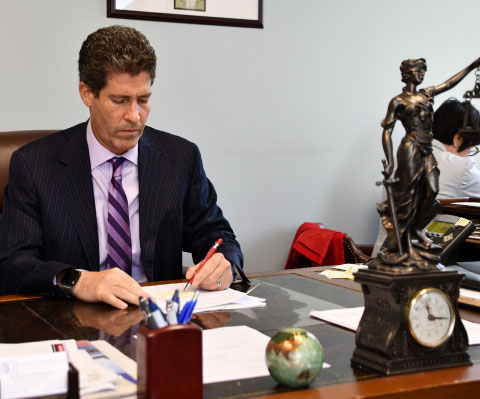How Is Fault Determined in a Car Accident Case?
July 28, 2022

Determining who is at fault for a car accident is more complicated than you think. Even a crash that seems fairly cut and dry could be more complicated in terms of which driver caused the collision. This is why it is recommended that you avoid making any comments about fault or guilt at the scene of the accident.
Every state carries its own laws regarding fault. Pennsylvania follows the legal principle of modified comparative negligence. This allows both drivers to share a percentage of fault for an accident. As long as your percentage of fault is less than 51 percent, you could be compensated for medical bills and other accident-related costs. However, your percentage of fault will be deducted from the overall compensation award.
Gathering evidence can also help determine which driver caused the car accident. Some important types of evidence to collect include the following:
- Videos and photographs of the accident: Videos from a dashcam or even a nearby security camera could have captured the accident. Photographs taken immediately after the accident can also help determine fault, including pictures of vehicle damage, weather conditions, and skid marks.
- Witness statements: Eyewitnesses can provide valuable insights into what happened before, at the time of the accident, and even after the collision. Though their statements may be part of a police report, they may be called upon later to provide a more detailed deposition in court.
No-Fault Car Insurance in Pennsylvania
Pennsylvania follows a no-fault rule when it comes to auto insurance coverage. Pennsylvania drivers are expected to carry personal injury protection (PIP). PIP insurance covers the cost of most medical bills after an accident. PIP insurance starts immediately after a crash, regardless of which driver was at fault. It is important to understand that no-fault insurance covers injuries, not property damage. A claim for property damage can be made without limitations.
Note that the car insurance policy you choose will affect a legal claim. If you choose full tort insurance, you are able to cover non-monetary losses, such as pain and suffering, even if your injuries do not mean the “serious” threshold. If you choose limited tort coverage, you cannot collect non-monetary losses unless your injury meets certain criteria. Typically, you have to have an injury that impairs a body function and is permanent and disfiguring in order to be eligible to collect non-monetary losses.
In Pennsylvania, drivers are only required to carry $5,000 in PIP for medical costs, $5,000 for damaged property, and $15,000 in bodily injury liability per person. Although these may seem high, they are unlikely to fully cover all costs, especially if you have a serious, long-term injury. Medical procedures can exceed the $5,000 PIP limit quickly, leaving you trying to make up the difference through the at-fault driver’s insurance or lawsuit.
Philadelphia Car Accident Lawyer at Nerenberg Law Associates, P.C. Can Help You Prove Fault After a Serious Accident
If you have been injured in a car accident that was caused by a negligent driver, we can determine if you are eligible for compensation. Speak with our experienced Philadelphia car accident lawyer at Nerenberg Law Associates, P.C. Call us at 215-569-9100 or contact us online to schedule a free consultation. Located in Philadelphia, we serve clients throughout Pennsylvania and New Jersey.

